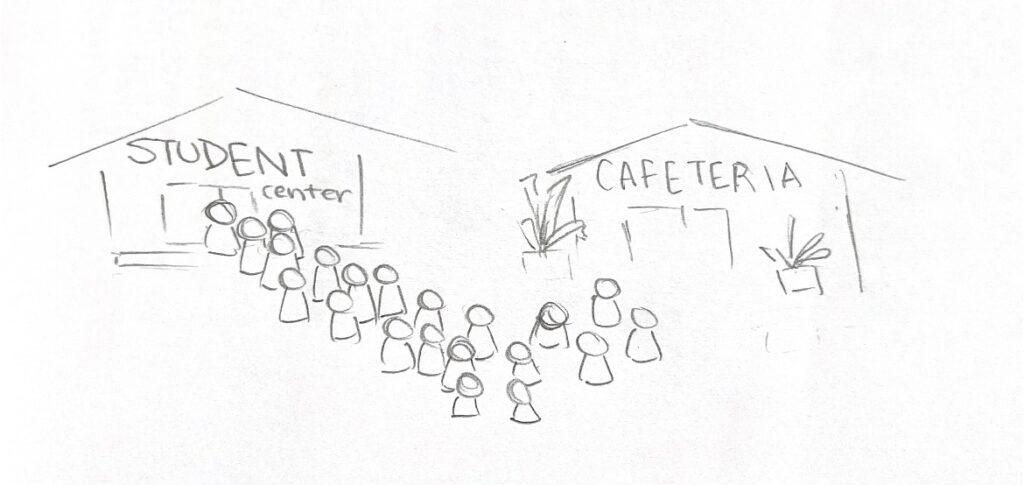On the first day of school, hundreds of students stormed out of their third period class as the lunch bell rang, tussling in line for free lunch. Within minutes, the lunch line extended all the way from the cafeteria to the student center.
“I waited 20 minutes for the lunch line to die down before getting my lunch,” junior Zitong Wang said.
Beginning this fall, the school was required to join the National School Lunch Program (NSLP). This change came as a result of Gov. Gavin Newsom’s signing of new legislation that mandates public schools to provide free breakfast and lunch for students.
To participate in the free lunch program, students are recommended to fill out a form through their Titan Account — then, they can scan their student ID to redeem their free meal.
This form is part of the Community Eligibility Program (CEP), in which participating schools are reimbursed based on the number of students eligible for free meals. The eligibility for reimbursement is determined through the family’s annual income in relation to the national poverty line, medical disabilities, foster status and student disabilities.
According to cafeteria head Pam Carlino, each free meal includes a main course: two ounces of meat/meat alternative, two ounces of grain, one cup of vegetables, one cup of fruit and one cup of milk. Everything served in the lunch is made from scratch in the kitchen. However, all cart items, such as snacks and other beverages, are an additional cost.
Although the free meals have smaller portions in comparison to past paid meals, students can purchase a secondary lunch or breakfast with an extra cost of $2.50 for breakfast and $4.50 for lunch. As a result of the free lunch, many more lunches have been sold, resulting in a need for the district to hire new cooks.
“The lunch lines have increased in length dramatically but it is also moving much faster,” Carlino said. “We are working on getting a lot more employees.”
As a result, the cafeteria also had to change the order of the lunch lines, removing the pizza, salad bar, grab-and-go and specialty line. Now, everything has to be pre-portioned and packaged.
“I understand why they decided to make the food free,” junior Marco Wang said. “Even though the portions have gone down in size, I still think the quality of school lunches is good.”
























